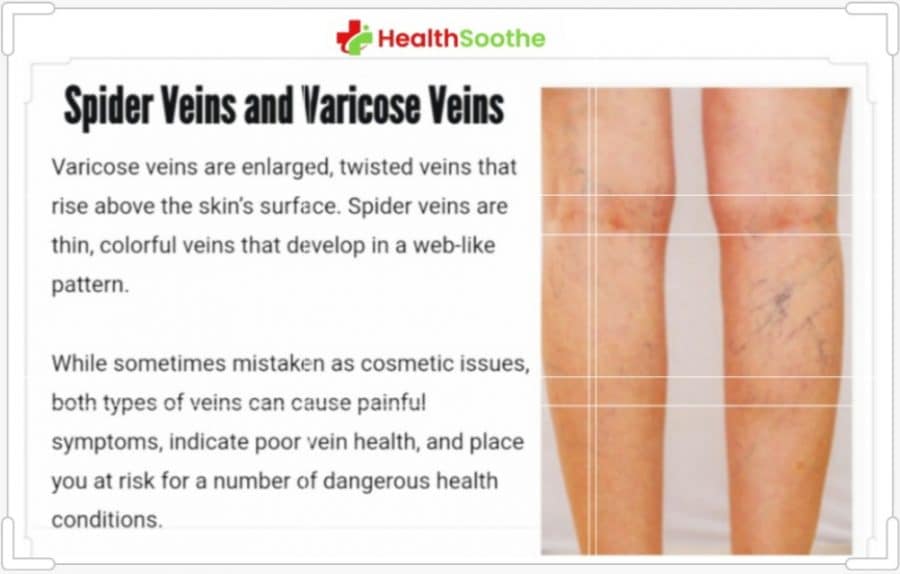The shift to value-based care has reshaped the landscape for US home health agencies. Among the biggest changes? The introduction of the Patient-Driven Groupings Model (PDGM).
PDGM was designed to better align Medicare reimbursements with patient needs—rather than the number of services provided. While it’s a positive move in theory, many agencies have found themselves facing a steep learning curve: more variables to track, stricter documentation, and increased billing complexity.
To thrive under PDGM, agencies must go beyond compliance—they need to simplify processes and leverage technology to their advantage.
What Is PDGM—and Why Is It So Complex?
Implemented by CMS, PDGM changes how agencies get reimbursed by focusing on patient characteristics instead of therapy volume. It classifies each 30-day billing period based on factors such as:
- Admission source (community or institutional)
- Episode timing (early or late)
- Primary diagnosis and clinical grouping
- Comorbidity adjustments
While this approach personalizes reimbursement, it also introduces more coding, more variables, and more pressure to get every detail right—from intake to billing.
The Risks: Errors, Denials, and Lost Revenue
Without the right systems in place, PDGM can quickly become a source of financial stress. Common pitfalls include:
- Misclassifying patients due to incorrect or incomplete coding
- Overlooking comorbidities that could raise legitimate reimbursement
- Submitting vague or inadequate documentation that leads to claim denials
- Managing multiple tools across departments, resulting in siloed data and delayed billing
For agencies operating across service lines, like those offering disability or IDD Software, the complexity can be even greater if systems don’t talk to each other.
How to Simplify PDGM Billing & Maximize Reimbursement
PDGM doesn’t need to be a headache. Here’s how agencies are managing it more effectively:
Use a PDGM-Aware Platform
An integrated system like ShiftCare helps agencies manage billing periods, automate patient grouping, and flag comorbidities—reducing errors and boosting billing accuracy.
Centralize Documentation
Caregivers can enter visit notes and clinical data directly from the field using mobile devices. This ensures real-time visibility and consistency in documentation, which is essential for audit readiness and timely reimbursements.
Plan Ahead to Avoid LUPAs
Low Utilization Payment Adjustments (LUPAs) reduce payments if visit thresholds aren’t met. ShiftCare’s smart scheduling tools help agencies plan care visits proactively to meet PDGM guidelines—without overburdening staff.
Why ShiftCare Is Built for PDGM Success
ShiftCare was designed with the realities of PDGM in mind. It brings together care management, billing, compliance, and reporting in one user-friendly platform, helping agencies streamline processes and reduce revenue leakage.
Key Benefits:
- Smart intake that aligns with PDGM clinical grouping
- Real-time, mobile documentation for accurate and timely records
- Visit alerts and cycle tracking to prevent missed billing opportunities
- HIPAA-compliant tools with audit-ready reporting
Whether you’re focused on Medicare clients or managing services for individuals with disabilities through IDD Software, ShiftCare helps simplify compliance while supporting agency growth.
Final Thoughts: Don’t Let PDGM Slow You Down
PDGM brings complexity, but it also creates opportunity. Agencies that invest in the right technology can avoid billing bottlenecks, improve compliance, and optimize reimbursements.





